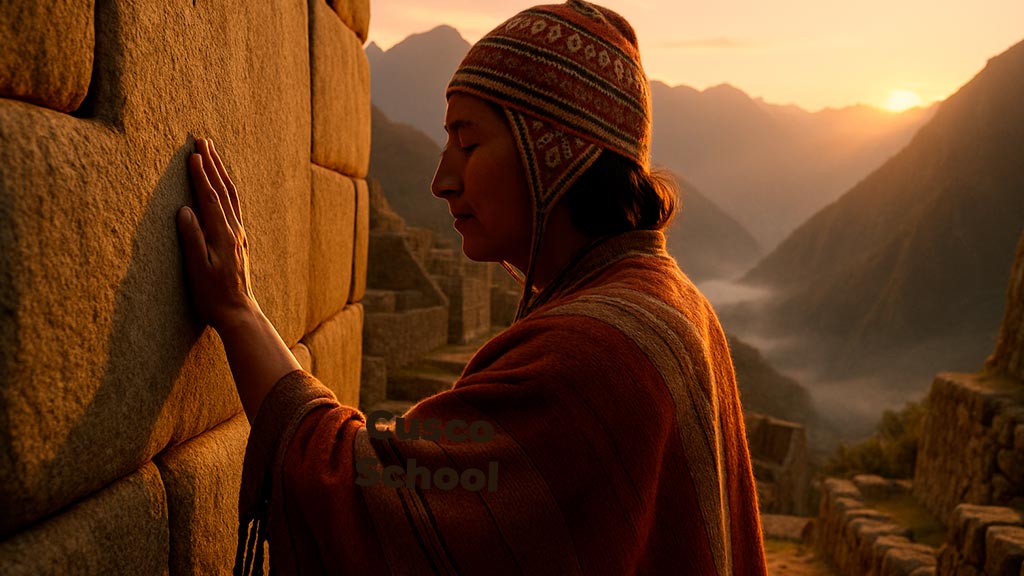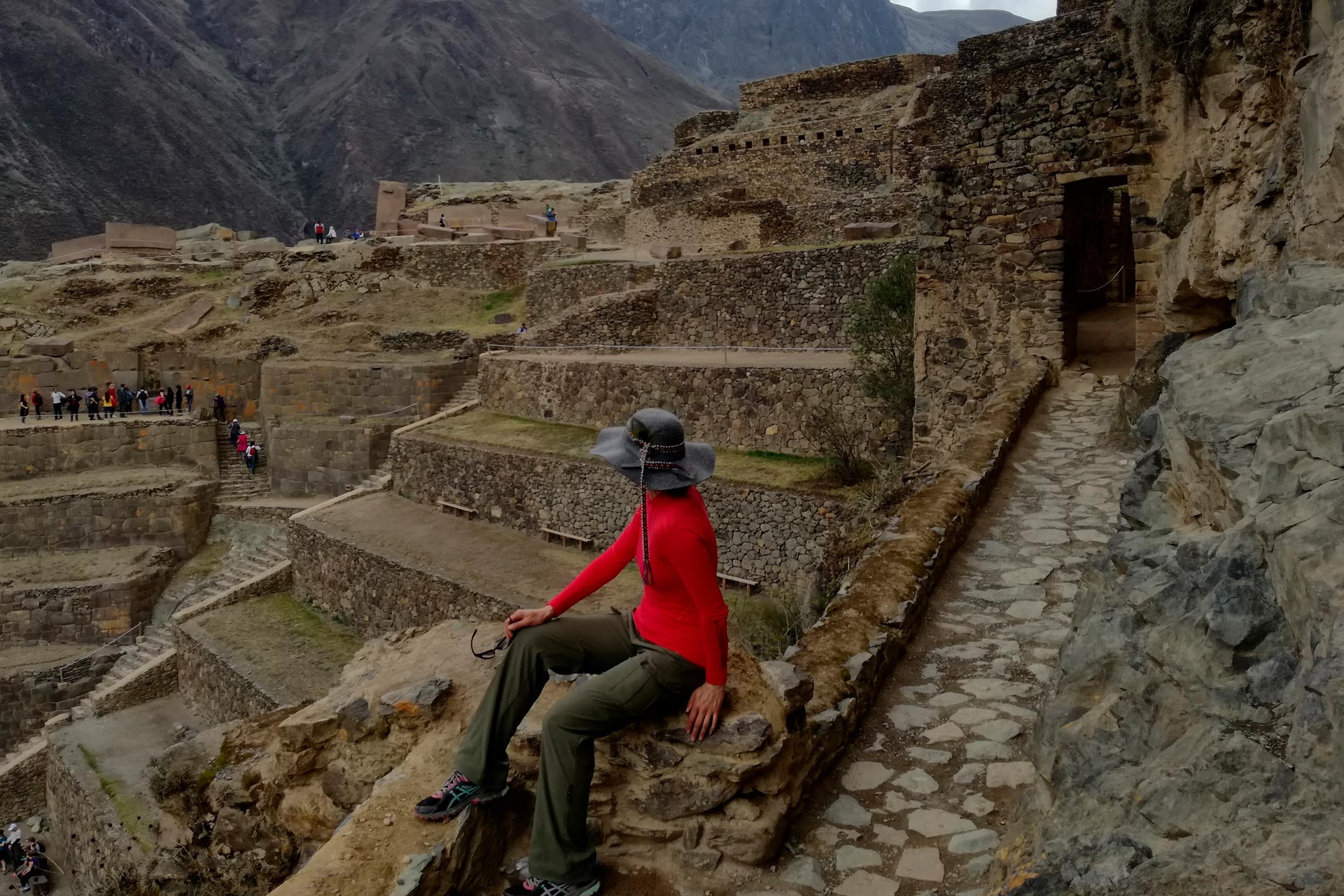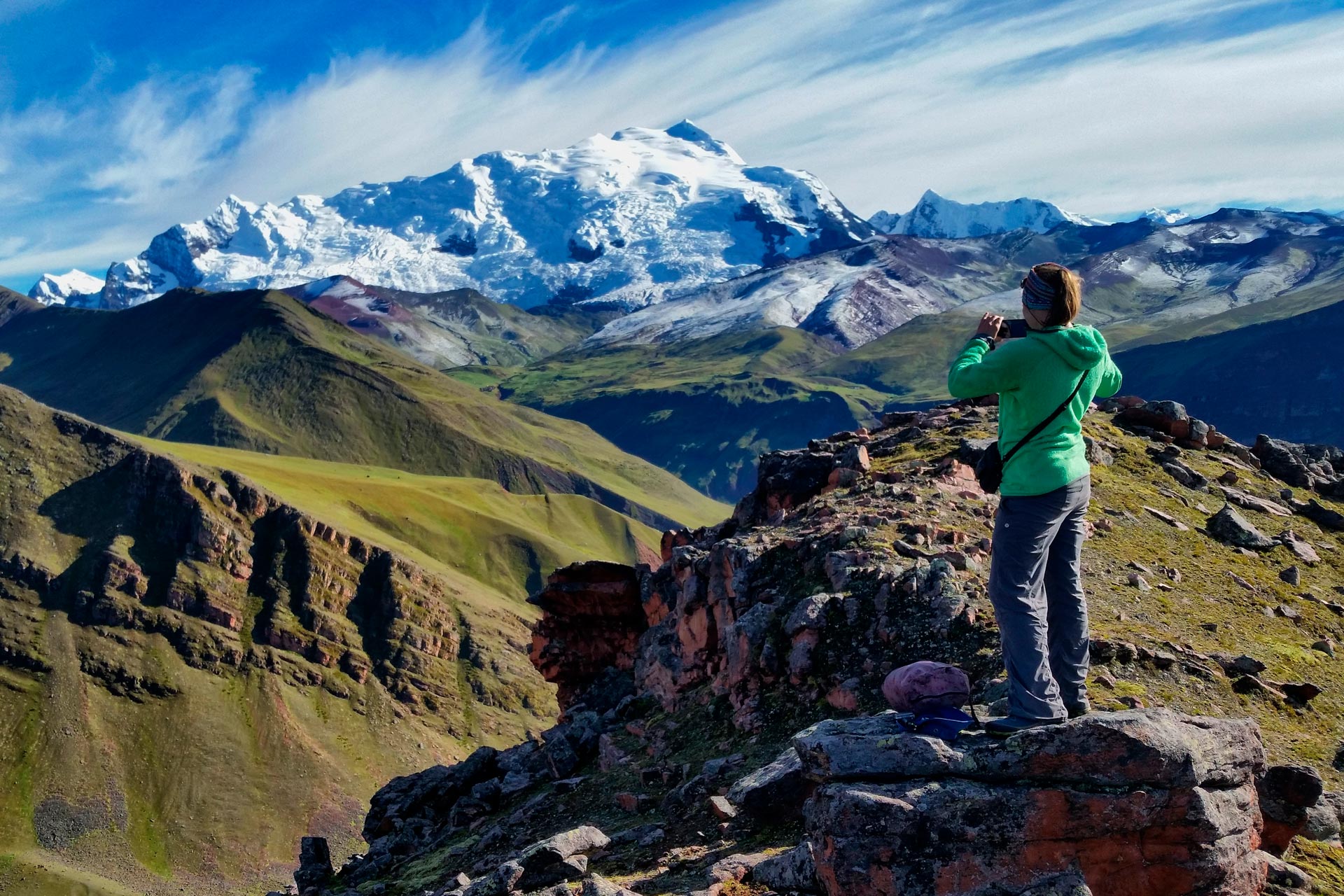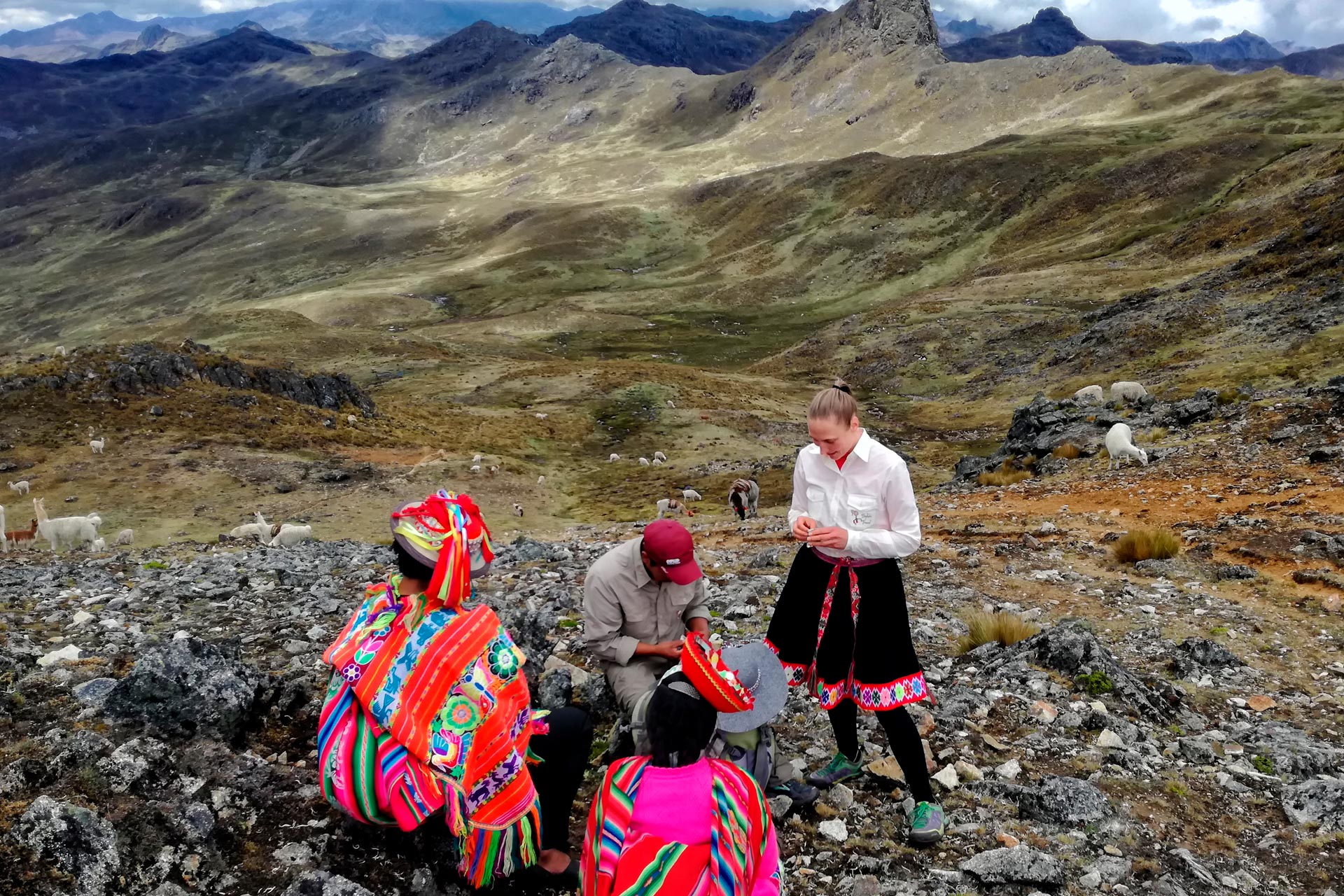Many travelers arrive in Cusco seeking Machu Picchu or the taste of a Pisco Sour, and they leave with those memories. But a recurring confession, often whispered like a secret, is that what truly transforms them is something intangible: the energy of Cusco. It’s an invisible current flowing through its stone streets, a force that envelops you, centers you, and, as some say, brings you back to life. But is this just a romantic notion, or is there something deeper beating in the heart of the ancient Inca capital?
Perhaps the best way to understand it is to compare it to love. You can read about it, you can hear stories, but until you open your heart and experience it, it remains an abstract idea. The city’s energy is the same; it requires an openness, a willingness to feel beyond the obvious. It is a journey of self-discovery that begins the moment you decide to believe it’s possible.
Deciphering Cusco’s Essence: Beyond the Stones
Many travelers come to Cusco chasing more than just landscapes; they are searching for what some call “energy,” as if the city hides a vibrant secret meant only for the initiated. They might try everything: mystical tours, spiritual retreats, flower baths, or rituals with sacred leaves. Some believe that with the guidance of a “shaman” or a supposed local sage, they will find the deep connection they yearn for.
That’s what Daniel, a skeptical traveler, once believed. Without much of a plan, he began to wander up the cobblestone streets of the San Blas neighborhood. One day, while exploring some little-known ruins on a hilltop, he met an older man dressed in a poncho and hat. He called himself Chani.
Chani spoke slowly and confidently. He told Daniel about the Chakana, the Apus, and Pachamama. He took out some muña leaves, lit incense, and with a dry branch, performed a small ritual for Daniel, who watched with respect but no expectations. “With this, I cleanse your energy,” he said. Daniel appreciated the gesture but felt nothing out of the ordinary. No mystical shiver, no internal revelation. Just the wind blowing between the stones and the sun warm on his back.
The real connection with Cusco came later, without warning and without ceremony.

It happened when he went down to the San Pedro market and shared a soup with a woman who, between laughs, taught him how to shell fava beans “the way we do it here.” Or the time he walked aimlessly through the streets of the Santiago district, and a child asked for help inflating his bicycle tire. Or that afternoon he sat on a park bench and ended up talking for two hours with a shoeshine man who told him about his life, his daughter studying to be a nurse, and how tourism had changed the neighborhood.
Daniel didn’t find the “energy” of Cusco in rituals, but in simple gestures: in the sincere greeting of a baker, in the unexpected hug from a family who invited him to dinner without knowing him, in the laughter of schoolchildren chasing a ball, in the aroma of freshly ground coffee, and in his own steady steps on stones that have been there for centuries.
Cusco doesn’t need embellishments to feel special. The vibration some describe isn’t in the smoke of incense or in ancient chants, but in what is human. In the everyday. In the real.
And sometimes, that is the most magical thing of all.

Are You Searching for Your Own Connection with the Andes?
We know that a trip to Cusco is more than just a tour; it’s an opportunity for transformation. At Inka Jungle Tour, we don’t just guide you along the paths—we help you feel the pulse of the land and its wisdom.
Our guides, heirs to this culture, can open the doors to a deeper understanding. Let’s talk. Tell us what you are looking for in your journey, and together, let’s design an authentic experience full of peace of mind.
Let’s chat on WhatsApp and plan your journey.
Frequently Asked Questions about Spirituality in Cusco (FAQ)
1. Do I need to be a spiritual person to feel this energy? Not at all. The “energy” of Cusco can be interpreted in many ways. For some, it is a profound spiritual experience. For others, it’s a sense of peace, historical wonder, or a strong connection with nature and local culture. The most important thing is to travel with an open and curious mind.
2. Where can I have an authentic experience of Andean spirituality? Beyond tourist-focused rituals, authenticity is found in genuine connection. Places like the San Blas neighborhood are a good starting point. Participating in workshops with local artisans, talking with guides about their own beliefs, or simply meditating in silence at less-crowded archaeological sites like Moray or Tipon can be very revealing. The key is respect and intention.
3. What exactly is the Chakana or Andean Cross? The Chakana is the most significant symbol of the Inca and Andean worldview. It is a stepped cross that represents the structure of the universe and of life itself. Its three steps symbolize the three worlds: the Hanan Pacha (the upper world of the gods), the Kay Pacha (the middle world of the living), and the Uku Pacha (the lower world of the dead and ancestors). According to Andean belief, it serves as a guide for understanding the relationship between humans, nature, and the divine.


